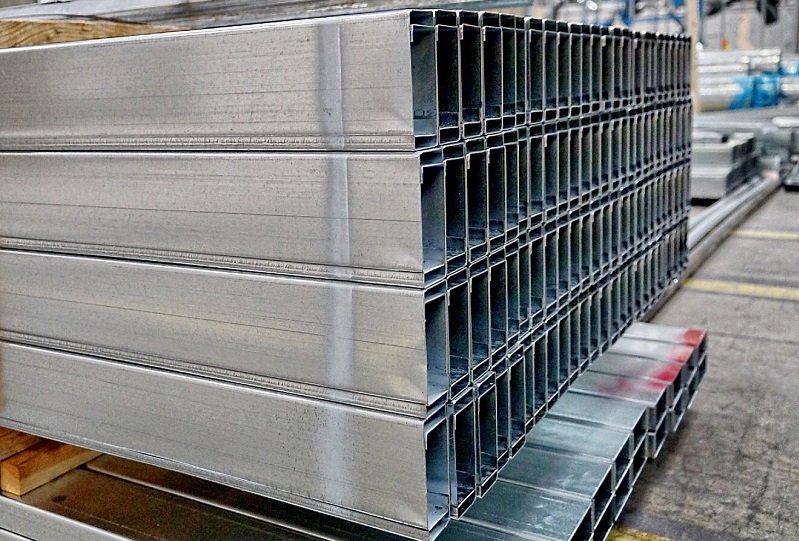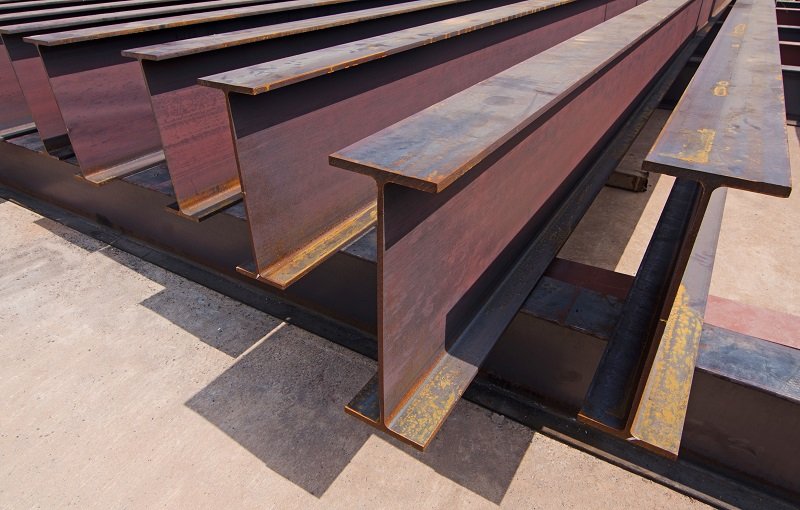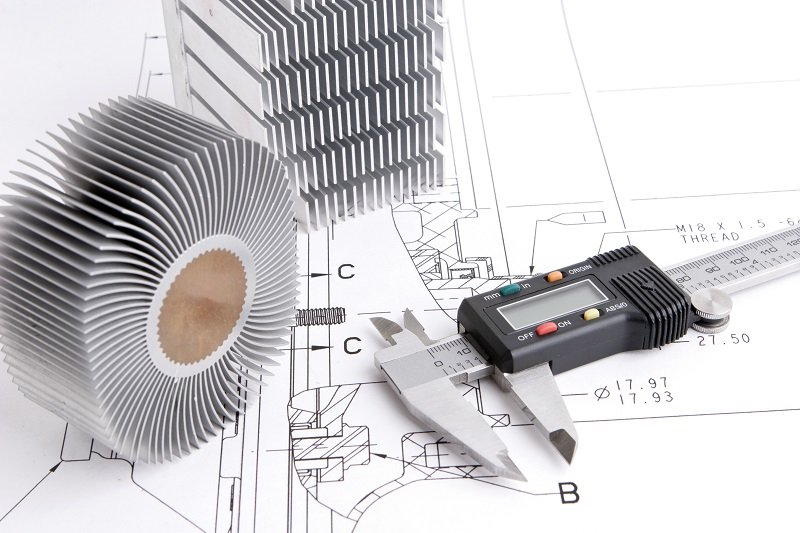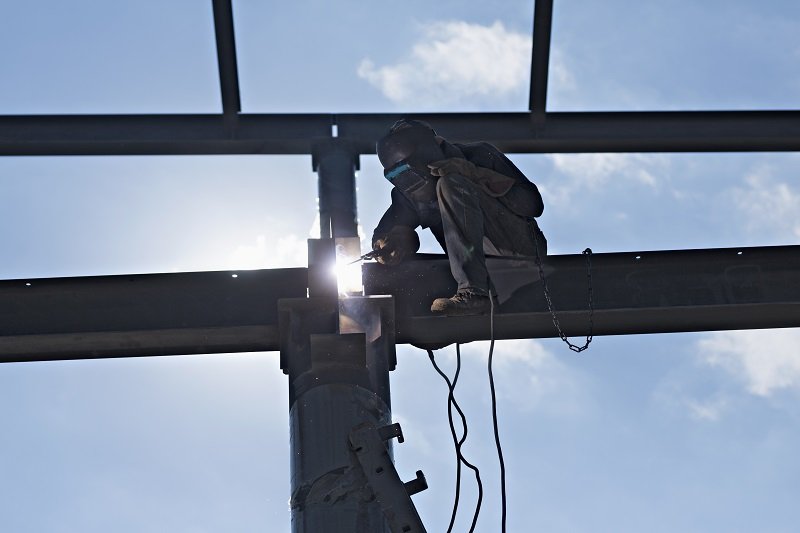From full-scale framed buildings to staircases, the team at Cripps Steel is able to fabricate from your drawings and templates. Operating across Feltham and Middlesex, we provide a fast steel fabrication service that allows you to get on with construction. We’re able to take care of everything from fabrication right through to installation, offering convenient and efficient services to suit you. Choose from a range of galvanised, zinc or powder coated finishes and enjoy a full guarantee on all work we do.
Feltham’s Steel Fabrication Specialists
Quality Workmanship
Offering a wide range of bespoke fabrication services and innovative steel products, the professional Cripps Steel team is able to craft a variety of steel wares and beams. With over 100 years of industry experience, we showcase quality workmanship that’s evident in our final products.
Galvanised steel, zinc and powder coated finishes
Choose from an extensive range of customisable options throughout your steel fabrication process, including galvanised steel, zinc and powder coated finishes. Specialising in steel fabrication, we’re able to work to your exact specifications to create bespoke steel products tailored to your project’s needs.
Site erections and site weldings
As fully certified coded welders, we’re able to assist in a variety of site erection and welding projects, on top of our steel fabrication services.
Steel Repairs
Boasting over 100 years of experience in the steel industry, we’ve come completed innumerable steel repair tasks, ranging from simple to complex in nature. Our Feltham and Middlesex professionals are able to provide you with reliable repairs that restore the integrity of your structure and its overall appearance.





